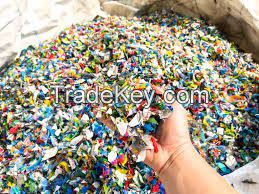Description
Not all plastics are created equal and recycling does not equal
recycling. But, because I get asked these questions quite a lot,
here are some relatively simple answers.
Most plastics are recyclable, but not all ingredients within a
plastic product may be recyclable and not all plastics are worth
recycling.
What does this mean, you ask? Well, think about the pigments of
colour used to make coloured plastic. We can recycle the plastic,
and we can get rid of the pigment, but we typically cannot or do
not recycle the pigments. The main reason is that its just not
viable to do so.
Generally, plastics or resin types are given a code to indicate
what they are and that also gives us an idea about their
recyclability:
-
Code 1 pertains to polyethylene terephthalate (PET)
-
Code 2 is high-density polyethylene (HDPE)
-
Code 3 is polyvinyl chloride (PVC)
-
Code 4 is low-density polyethylene (LDPE)
-
Code 5 is polypropylene (PP)
-
Code 6 is polystyrene (PS) and expanded polystyrene (EPS)
-
Code 7 is other plastic
Recycling plastics codes 1 to 6 is pretty much standard today. Code
7 plastics are more tricky, as they often are mixtures of resins
with all sorts of additives to give the desired performance
criteria. Putting it simply: the more additives, the more difficult
the recycling.
When answering the question whether we can make new bottles, say
from **0 per cent recycled plastics, it gets a bit more complex.


